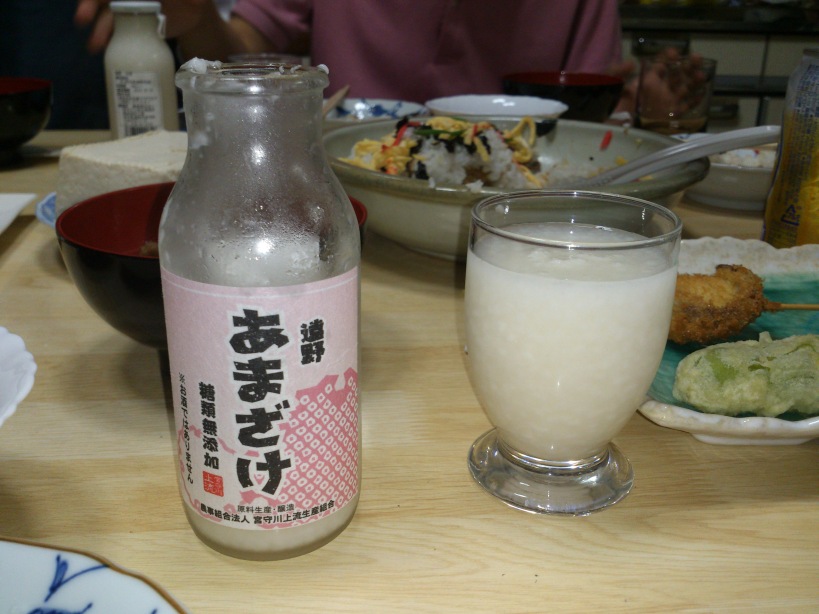“One cannot think well, love well, sleep well, if one has not dined well.”
―Virginia Woolf, A Room of One’s Own
Months before I traveled to Japan, I had the opportunity to taste a variety of Japanese dishes. The apprehension in swallowing raw fish dipped in soy sauce was overwhelming. But after the first round, it all started to taste normal to me.
Because Japan is an island or made up of many islands, they were fortunate to have lots of sea food. And because I am a Muslim, and finding halal meat doesn’t come by easily, I was classified as a vegetarian in Japan. All seafood is halal in Islam, as such, chewed almost every seafood that comes my way easily.
Japanese People have a diversity of meals to feed themselves with. Basically, rice, noodles, vegetables and a lot of sea food; then a combination of these different types of food to produce other types of food. They rarely dine on one type of food; four at least. A combination of different meals, some in morsels will lay before you. On average, you have to eat from at least five different bowls and plates, with rice, almost being a constant of any food equation. Using your chopsticks as well.
During my stay in Japan, I was opportuned to taste many types of dishes from different parts of Japan; Tokyo, Tono and Saku cities. I had taken lots of photographs to quench your curiosity of how they look. To start with, I swallowed many types of sushi; raw, fried, grilled. Then a lot of wheat flour noodles namely ramen, soba and udon. Ramen can be served in cold or warm water, together with an unwhisked half-boiled egg floating in your bowl. Soba, also looks like noodles. From traditional and familiar colour of yellow to grey colours of noodles.
Tofu (made from soybean milk) served with soy sauce is also frequently eaten. It can be served fresh or fried. There is Tempura, seafood or vegies battered and deep fried in fat. Another almost constant in Japanese meals are soups. Miso soups to be precise which have a distinct taste, but very healthy for the body.
For drinking, green tea (served without sugar) is very popular in Japan. I ordered a cup at a restaurant in Tokyo and couldn’t bare the taste on the first sip, then I decided to order for sugar, which fortunately is never available in the restaurant. Sake is the most common alcoholic drink. And Nigori Sake is also similar to Sake, made from rice, water, yeast and koji. Doburoku is also a type of alcohol in Japan which can be made at home, with special permissions. For people in Nigeria, they will be fascinated when they see Doburoku at its non-alcoholic stage; it looks just like Fura, a traditional type of cereal drink in northern Nigeria also possible to be made from rice.

Another element of fascination will be Sochi, similar to Ugali (East Africa) or Tuwo/Amala/Sakwara (Nigeria), prepared with pestle and mortar (pictured below). I had thought pestle and mortar was only popular in Africa.
A Forbes article of June 2014 mentioned Japan as the country with the healthiest diet in the world. Only about 1.5% of the men are obese and life expectancy in Japan is as high as 82 years, compare with Nigeria at 52 and Kenya at 61.
While I remain ignorant of the first Japanese person to set foot in Africa and when, it turns out that there are many similarities in the preparation methods of our food.
One good ideology to carry with you when you are traveling to japan or going to a Japanese restaurant is to tell your inner self to like or even love the food. I think many will find it pretty difficult to start swallowing raw fish and green tea without sugar.
Have you traveled to any place where you found there food very different from your native place? Or you found a lot of similarities in the meals with places you expected least? Where and what is/are those?
Travels of Sadiq Gulma: summer of 2014.
Great read!
🙂
Thanks Kathleen. Do you have a favourite Japanese meal?
Got the message now
Sent from my iPhone
>
Lol My In-law with a lot of taste buds, And when you come to our houses you form “I’m not hungry” and shy away form food. SMH!
Not like that my in-law. You know I can only eat from the cooking pot of one of you ;). Have you tried any Japanese meal before?